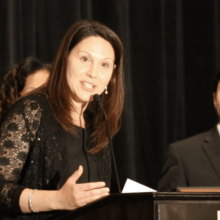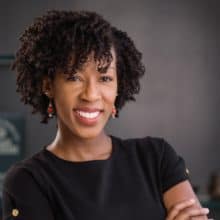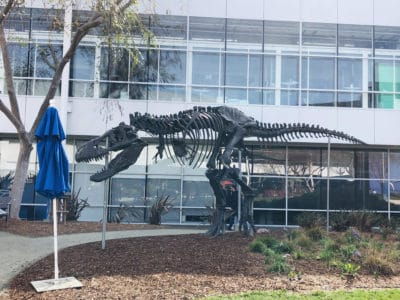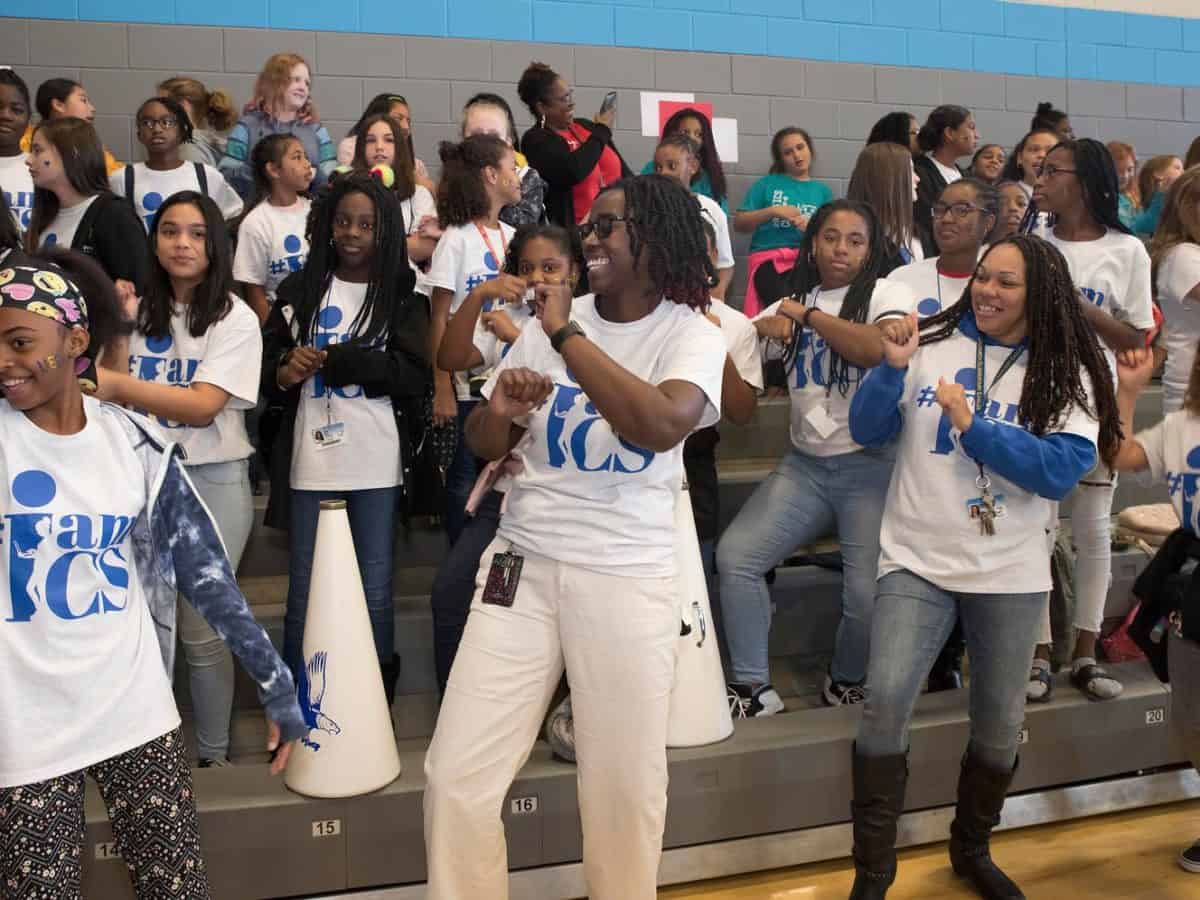
This is the third piece in a week-long series of perspectives on innovative practices in North Carolina public schools. Follow along with the rest of the series here.
Teaching our 21st century students the 21st century knowledge, skills, and mindsets they will need to fully participate in their careers and lives is an act of equity and social justice, and teaching computer science (CS) is a critical part of this equity equation. However, equity will not be realized if innovation in teaching and learning CS is limited to individual classrooms.
We need an inclusive approach that reaches far beyond curricular integration and ensures that all students in all classrooms understand that they can achieve success in STEM areas like CS — areas that have had deeply inequitable representation among females and traditionally underrepresented minorities.
In this co-authored article, we share our perspectives about education innovation, particularly as that innovation pertains to the pernicious problem of inequity in computer science education. Elementary teacher Mariah Morris recounts the moment she decided to move to an integrated-STEM classroom, a move that has brought her closer to realizing her goal of creating new opportunities for her students. Mary Hemphill, North Carolina’s first director of computer science education at the Department of Public Instruction, shares the hard work and audacious vision of #IAmCS, a social media — and social movement — campaign that aims to inspire and ignite all North Carolina students to see the future possibilities for careers in computer science. And Aria Chernik, associate professor of the practice in education innovation at Duke University, discusses her open design pedagogy framework and her work developing an inclusive, co-created, and open-source CS curriculum for grades 3-5.
Mariah Morris: My journey to an integrated-STEM classroom
I became a teacher as a call to social justice because I wanted to change lives and trajectories. However, when I began teaching second grade, I was faced with the reality that many young students were coming to my classroom who already had negative self-identities with school and felt disconnected from the classroom.
But I saw an immediate and significant change in student engagement when my school’s digital integration facilitator asked me if he could bring a robot to my class to help students study their math facts. His goal was to model for me how to integrate technology into the classroom through a math activity using the Dash robot.
As the robot rolled into my classroom, students beamed with the biggest smiles I had seen all year. They eagerly coded the robot and completed grade-level math tasks. The effect this robot had on my students who were academically behind in math was particularly pronounced. For them, the angst they carried in their eyes seemed to fade, and a childlike excitement took over their faces as they happily engaged in the lesson.
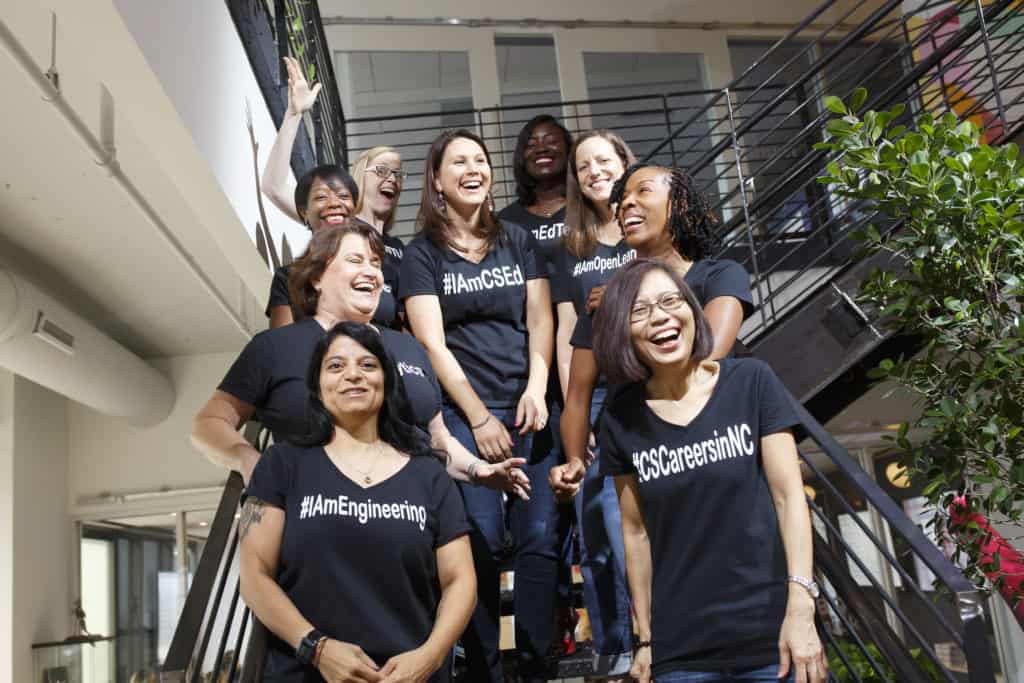
This was the day I began my journey to embrace an integrated-STEM classroom rooted in the 4 C’s of 21st century learning: critical thinking, communication, creativity, and collaboration. My goal became to integrate STEM and the 4 C’s into my essential standards so that STEM was a vehicle to teach the content level standards of our literacy, math, science, and social studies lessons.
This transformation is an ongoing process that has been filled with exciting “Aha!” moments, curiosity, and some deeply disappointing failures. It is uncharted and messy, but it all began by daring to dream about what my classroom could look like if I scrapped preconceived notions of how to teach my students and embraced an educational model that engages and challenges our complex, diverse 21st century learners.
An integrated STEM-classroom acknowledges that our students are graduating into a dynamic economy that looks very different than any other period our nation has experienced. We have fully entered the technological revolution where the digital world is reshaping how our students will process the world as working adults. Predictions indicate that 65% of incoming kindergarteners will have jobs as adults that do not exist yet. Most of these jobs will be in the ever-evolving technology sector and require basic STEM skills. The state Department of Public Instruction notes that STEM-related jobs have a higher growth rate than all other jobs in North Carolina and refers to these jobs as the “economic engine driving this state’s future.”
Mary Hemphill: Igniting a computer science movement
Sally Ride, the first American woman in space, said that “young girls need to see role models in whatever careers they may choose, just so they can picture themselves doing those jobs someday. You can’t be what you can’t see.”
It is critical that our K-12 students see the possibilities for their future in realistic and tangible ways. The #IAmCS campaign aims to inspire and ignite North Carolina students to see the future possibilities for careers in computer science. This first iteration of the campaign featured women across the state making their mark in the North Carolina computer science ecosystem through powerful visualizations and videos featuring their call to action for the state’s female students.
As society continues to forge its way deeper into the 21st century, the statistics surrounding women in CS are staggering. Less than 18% of people pursuing CS degrees are women, and only 22% of women enrolling in CS courses in high school are women of color. With CS being added to the NC Standard Course of Study for the 2020-2021 school year, now is the time for North Carolina to take a bold stand on efforts that address the equity gap for students. The #IAmCS campaign aims to do just that.
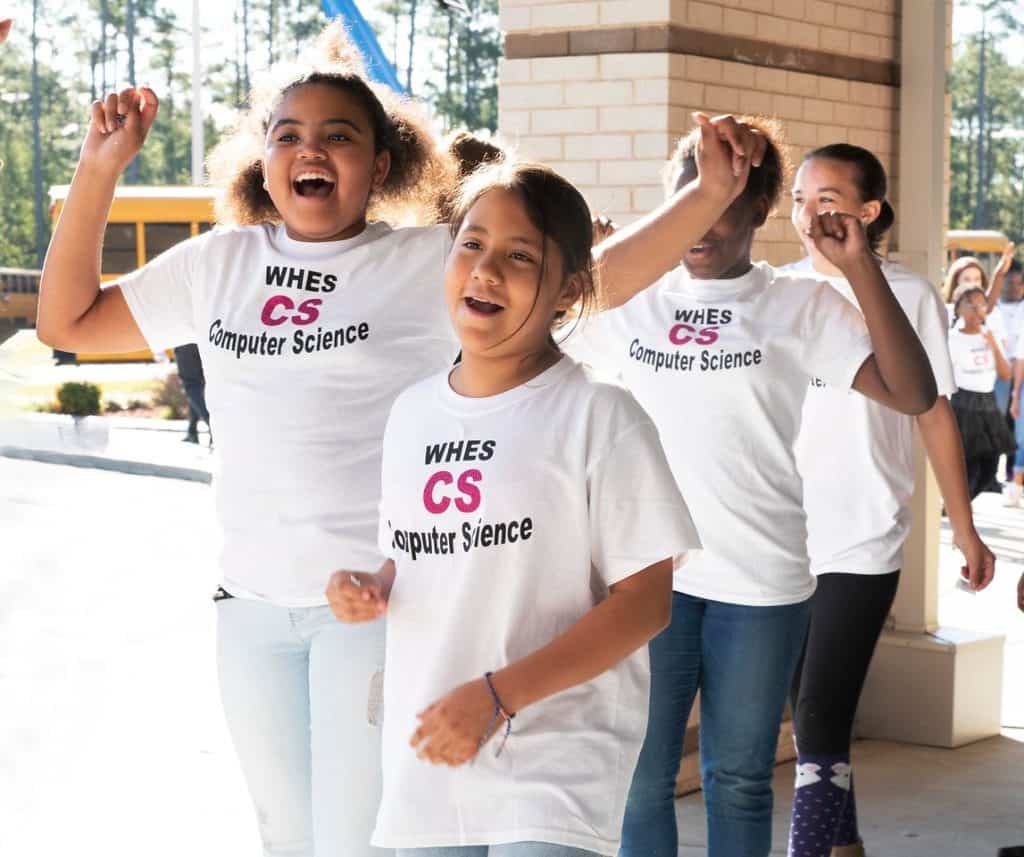
As part of the NC CS Initiative, the Department of Public Instruction started taking a deeper look into the computer science landscape across our state. It was evident that there was an opportunity to educate, engage, and empower the educational community in North Carolina around CS equity. As we introduced the concept of #IAmCS to various stakeholder groups, started identifying key players, and worked to leverage the messaging, there was such synergy around creating a space for young women and men in rural parts of North Carolina that serve primarily historically marginalized populations.
I have been humbled to work with the enormous team of supporters and stakeholders to not only help develop our state’s first set of computer science standards, but also to create space to ensure that all North Carolina students have an opportunity to interact with CS as they chart the course for their future in college or in a career.
Aria Chernik: Open design pedagogy and inclusive computer science
Solving the equity gap for North Carolina students in the computer science ecosystem will not come from silos — the solution to separation is not more separation, but rather integrated co-creation.
At Duke University, I have been researching and developing an innovation framework called open design. Open design is a variation of design thinking and human-centered design that emphasizes community-focused co-creation. It is derived from open source methodologies that value inclusivity and diversity, community and collaboration, and transparency and democratic access to information.
Open design harnesses both divergent and convergent thinking to understand the needs and desires of stakeholders, ideate and prototype creative solutions, and test and evaluate to iterate forward. Applied within an educational context, open design pedagogy integrates the critical theory and praxis of teaching and learning developed by Paulo Freire that frames education as learner-driven, project-based, problem-posing, and equity-centered.
Open design pedagogy disrupts traditional learning hierarchies — what Freire refers to as the banking model of education — in which a single teacher holding pre-existing knowledge directs static information to many passive students. Unlike the banking model of education, which seeks to dissect education from the critical cultural contexts in which it naturally occurs, open design pedagogy frames curricular development, teaching, and learning as a community-embedded endeavor of co-creation that necessitates equitable inclusion of voices and lived experiences.
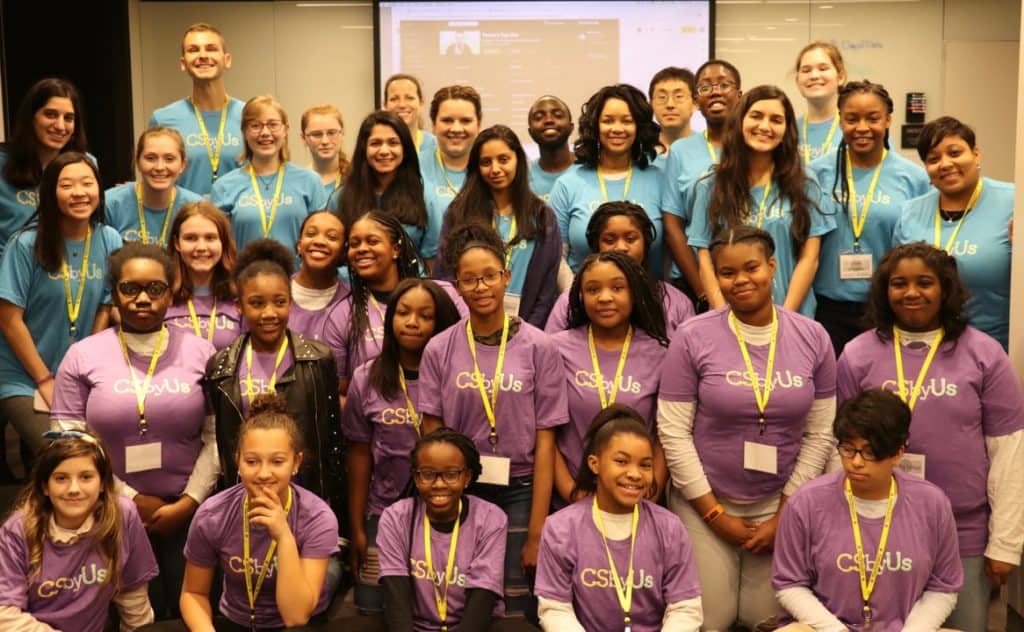
One of my current projects, CSbyUs, is employing the open design framework to co-create a standards-aligned computer science curriculum for use in grades 3-5. This curriculum will be one of the new curricular resources available under the NC CS Initiative. The project is currently in the test and evaluate phase of the open design process. Educators at E. K. Powe in Durham are teaching the CSbyUs pilot curriculum, which is focused on algorithms, real-world problems and applications, and data. Once the pilot is complete, we will share the results and conduct qualitative research with parents, community leaders, and other stakeholders about how to iterate the curriculum for future versions.
In the spirit of open design and inclusive innovation, the CSbyUs curriculum is open source, meaning that it is available for use and remix by anyone, anywhere. Indeed, the hope of the CSbyUs team is that educators across North Carolina will remix the curriculum based on local learning contexts and share it back to the computer science ecosystem. Community co-creation of CS resources that are relevant to and engage all learners will underscore the message of #IAmCS: that all learners must have an equitable opportunity to thrive as full participants in their career and life pathways.
Editor’s note: Editing support for this piece was provided by Dr. Robert Smith and Kayce Smith of UNC-Wilmington’s Watson School of Education.

